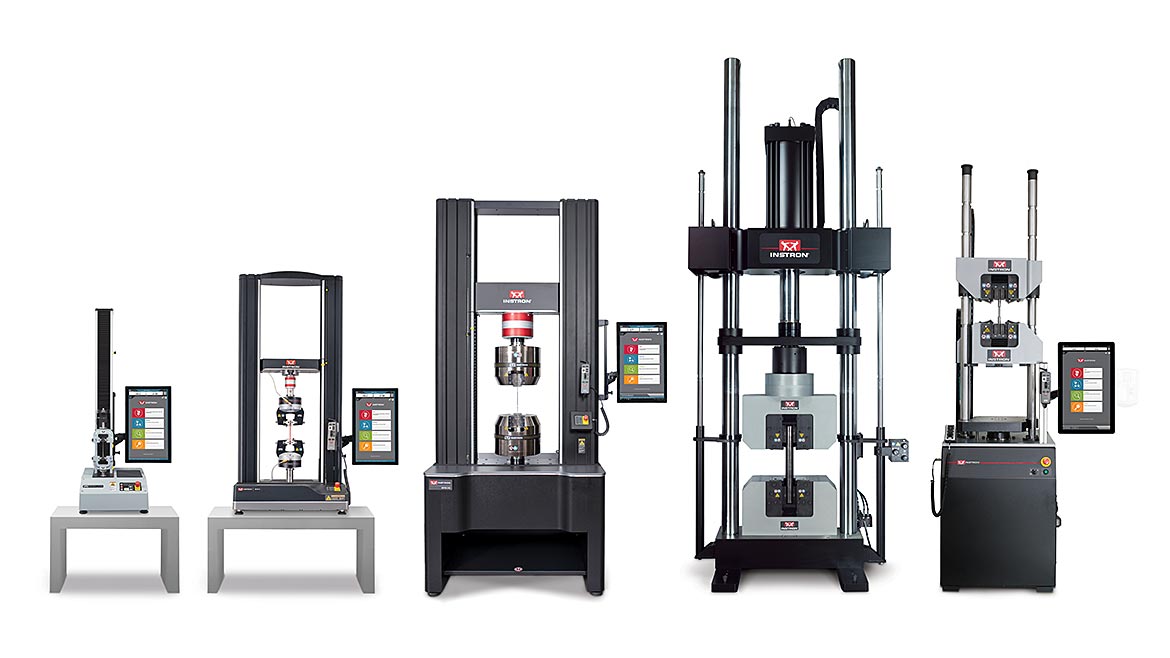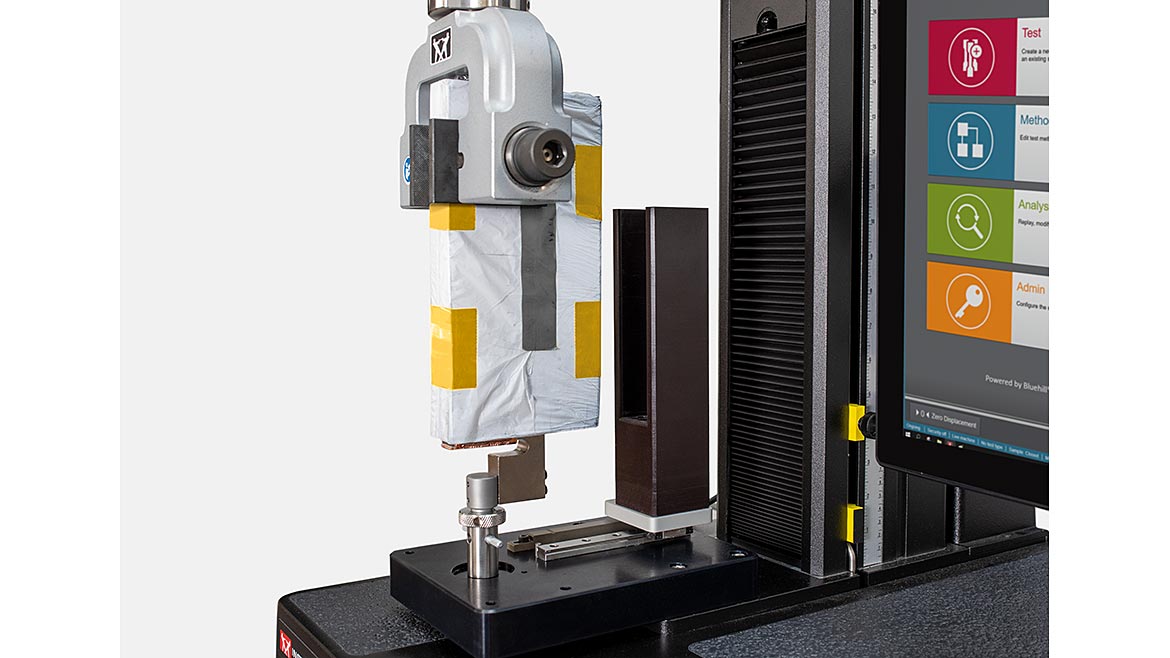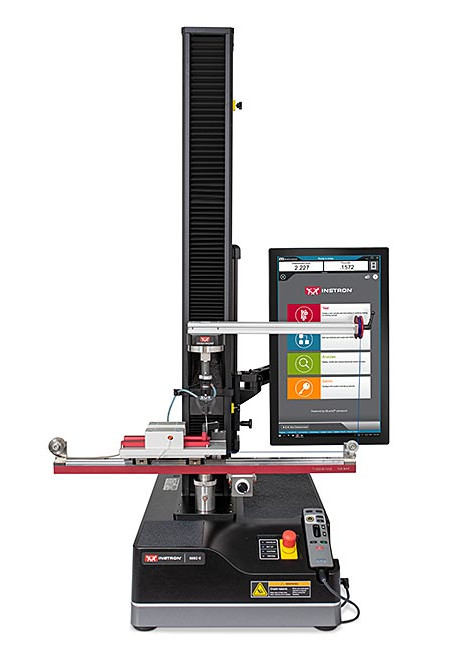Think ahead. Invest in your future. While this proverbial advice applies to all aspects of life, we will explore its relevance to young manufacturing businesses and their data management needs as they evolve from startups to market leaders. One sector that should pay particular attention is clean energy. As federal regulations and initiatives associated with clean energy continue to formalize around the globe, venture capital money has begun to flood the sector in anticipation of hitching a ride to the next unicorn. This shows the influx of investment in clean energy startups in the last few years. Battery, renewable, hydrogen, and fusion technologies have generated the most investment.
In the early stages of these clean energy startups’ journey, they will be focused on innovation, development, and being first to market. Being an agile organization which can fail fast and learn through design iterations is beneficial when attempting to establish a leading position in the value chain of any growing market. One common method to improve agility as a young company is to deprioritize manufacturing and quality management processes while production has yet to begin. Investing in process and data management by implementing robust manufacturing execution (MES) and quality management (QMS) systems would risk stifling the lean model.

Purchase decisions for their initial testing and manufacturing equipment are driven by the immediate needs of the business, which are R&D focused and highly variable to accommodate the design progression. When installed without data management systems to integrate with, equipment is often configured to operate in a localized environment. Consequently, data management practices relating to their development research and early production runs tend to involve manual collection, analysis, and storage of data. Startups can get away with this because there is a relatively low volume of data generated in comparison to a mature business with active production. But as market demand increases and business priorities shift from innovation to production, sustained success hinges on the effectiveness of the data management tools used to monitor and maintain product quality.
Let’s return to clean energy production and use lithium-ion battery manufacturers as an example. While battery cell production is not new, commitments by many of the world’s leading automotive makers to shift their vehicle lineups to largely EV in the next ten years have forced battery suppliers to scale their businesses substantially overnight. New gigafactories, production lines and associated equipment will generate overwhelming amounts of data. Bottlenecks created by localized data systems and human engagement will stifle operations. Inefficiencies and correction costs will multiply the longer the problem is ignored. Battery manufacturers must adjust their data management processes to supply the automotive market with a high-quality product while maintaining an efficient, profitable, and sustainable operation.

As alluded to earlier, this transition will typically necessitate investment in MES and QMS systems. One obstacle frequently encountered when integrating data management systems is the integration of existing third-party equipment. This roadblock is created without the proper foresight during the original purchasing process of the equipment.

Universal testing machines, or UTMs, can provide a practical example. Universal testing machines are used by most manufacturing industries to evaluate the physical properties of raw materials, components, or finished goods to ensure that requirements are met before shipment. UTMs are widely known for their primary use as tensile and compression testers, but they can also be configured for flexure, torsion, shear, peel, tear, friction, and puncture testing. The configurability of a single system to accommodate many test types is where the name “universal” is rooted. Many tests are prescribed by standards organizations, such as ASTM International (previously known as the American Society for Testing and Materials) and ISO (International Organization for Standardization). This ensures that testing parameters, such as the specimen’s dimensions or the rate of pulling, are common across suppliers. In established industries with high costs of product failure, such as the automotive, aerospace, medical device, and construction industries, testing standards are commonly used to regulate and qualify suppliers throughout the supply chain.

Due to the characterization data they generate, UTMs can be fundamental to the quality control (QC) or quality assurance (QA) processes of a mature manufacturer. But production quality is likely not the only place UTMs are utilized within the business. When rewinding to the company’s startup years, the very same UTM could have been used in their original R&D labs when evaluating prototypes. UTMs are complex, highly configurable testing systems with long lifespans and high price tags. Routine preventative maintenance commonly keeps them operational for 30 years or more. Because they will outlast the tenure of even the most loyal employees, the purchase decision should account for both immediate and future needs. Although the future is unpredictable, you can be sure the optimization of data flow between test equipment and business systems will be an objective as production ramps up.
For UTMs, common data inputs include sample identification (i.e., batch #, manufacturing date, product code, dimensions) and test control parameters (i.e., test rate, preload, end of test condition). Outputs include raw data (i.e., force, stress, displacement, strain) and results (i.e., tensile strength, modulus, elongation at yield, stress at failure). In the electronics industry, it is common for the product being tested to require additional raw data sources to be collected and synchronized by the UTM, such as electrical current, resistance, or voltage. During the buying process with a UTM provider, required inputs and outputs are fundamental to the system configuration. But be sure to discuss beyond what data are important, but also where they are stored, how they will be entered, and whether or not manual entry be avoided. Talk about current needs and brainstorm what other needs could surface in five or ten years. Leading UTMs providers support integration to data management systems through various mechanisms. Common interfaces include CSV file parsers, public API (application programming interface), and direct database connections.
While these capabilities may not be required during the initial use of the UTM, it has been proven time after time that digitization and automation business initiatives will ultimately require this integration. Without proper foresight during initial equipment purchases, it can be incredibly painful and costly to learn that your equipment supplier does not support automation or database integrations. Think ahead. Invest in your future.



